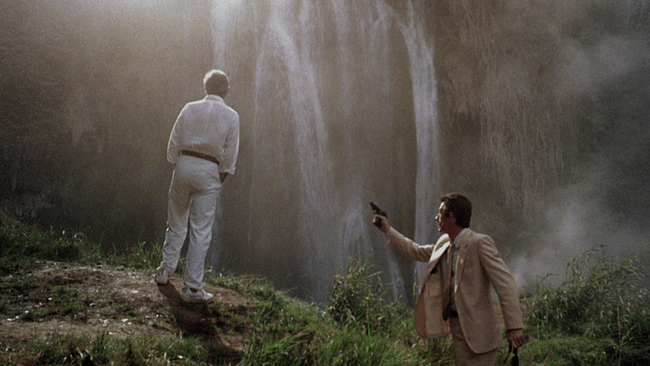By Dennis Hartley
(Originally posted on Digby’s Hullabaloo on July 10, 2021)

The Parallax View (The Criterion Collection)
Alan J. Pakula’s 1974 “conspiracy a-go-go” thriller stars Warren Beatty, who delivers an excellent performance as a maverick print journalist investigating a suspicious string of untimely demises that befall witnesses to a U.S. senator’s assassination in a restaurant atop the Space Needle. This puts him on a trail that leads to an enigmatic agency called the Parallax Corporation.
The supporting cast includes Hume Cronyn, William Daniels and Paula Prentiss. Nice work by cinematographer Gordon Willis (aka “the prince of darkness”), who sustains the foreboding, claustrophobic mood of the piece with his masterful use of light and shadow.
The screenplay is by David Giler and Lorenzo Semple Jr. (based on the 1970 novel by Loren Singer, with a non-credited rewrite by Robert Towne). The narrative contains obvious allusions to the JFK assassination, and (in retrospect) reflects the political paranoia of the Nixon era (perhaps this was serendipity, as the full implications of the Watergate scandal were not yet in the rear view mirror while the film was in production).
The new, restored 4K digital transfer is a revelation. The audio track retains the original mono mix, but is also a substantial upgrade from the 1999 Paramount DVD (which I think I’ve nearly worn out…if that’s possible with digital media). Extras include archival interviews from 1974 and 1995 with Pakula, a new program on DP Willis, and a new introduction by filmmaker Alex Cox. I’m awarding this package my highest rating: 4 tin foil hats!








